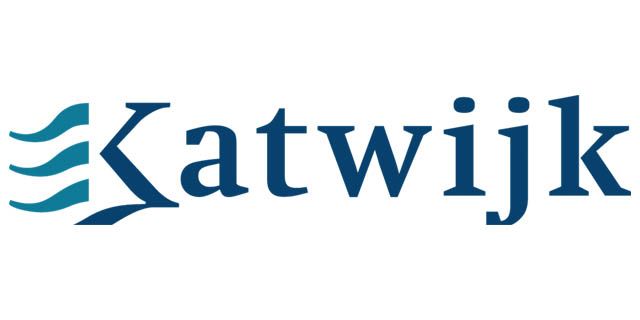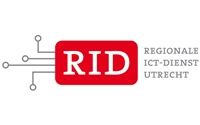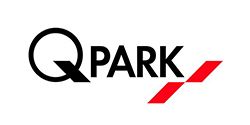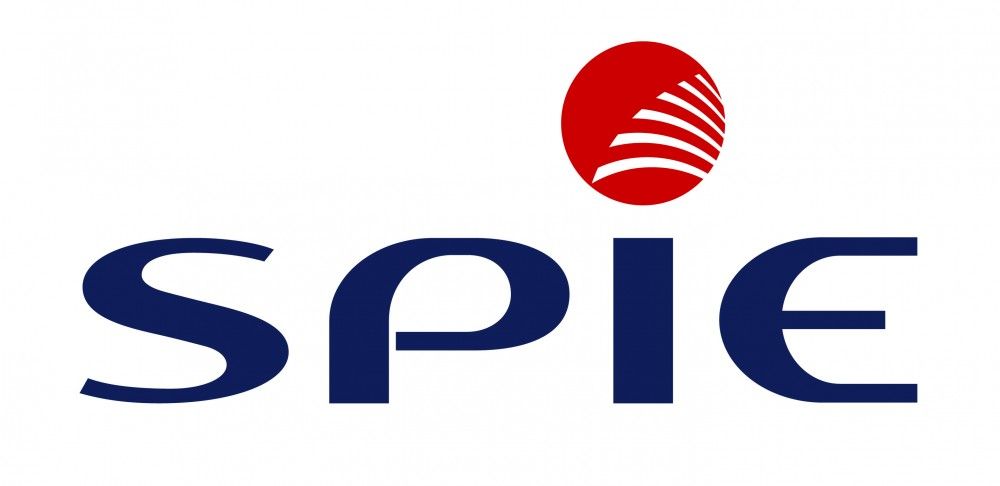Red Hat System Administration I relates to Red Hat Enterprise Linux 7 and is designed for IT professionals without previous Linux administration experience. The course focuses on providing students with Linux administration “survival skills” by focusing on core administration tasks. System Admin I also provides a foundation for students wishing to become full time Linux system administrators by introducing key command line concepts and other enterprise level tools. These concepts are further developed in the follow-on course, Red Hat System Administration II. Both courses are needed in your preparation for the Red Hat Certified System Administrator Exam.
- Microsoft Windows system administrators who need to quickly learn core Red Hat Enterprise Linux proficiencies
- System administrators, network administrators, and other IT professionals who require proficiency performing core tasks in Linux
- Non Linux IT professionals on the path to becoming a full time Linux system administrator
{tab Voorkennis} Previous operating system administration experience is helpful but not required {tab Vervolgcursus}
Red Hat System Administration II
Access the command line
- Log in to a Linux system and run simple commands using the shell.
Manage files from the command line
- Copy, move, create, delete, and organize files from the bash shell prompt
Getting help in Red Hat Enterprise Linux
- Resolve problems by using online help systems and Red Hat support utilities.
Create, view, and edit text files
- Create, view, and edit text files from command output or in an editor.
Manage local Linux users and groups
- Manage local Linux users and groups, and administer local password policies.
Control access to files with Linux file system permissions
- Set Linux file system permissions on files and interpret the security effects of different permission settings.
Monitor and manage Linux processes
- Obtain information about the system, and control processes running on it.
Control services and daemons
- Control and monitor network services and system daemons using systemd.
Configure and secure OpenSSH service
- Access and provide access to the command line on remote systems securely using OpenSSH.
Analyze and store logs
- Locate and accurately interpret relevant system log files for troubleshooting purposes.
Manage Red Hat Enterprise Linux networking
- Configure basic IPv4 networking on Red Hat Enterprise Linux systems.
Archive and copy files between systems
- Archive files and copy them from one system to another.
Install and update software packages
- Download, install, update, and manage software packages from Red Hat and yum package repositories.
Access Linux file systems
- Access and inspect existing file systems on a Red Hat Enterprise Linux system.
Use virtualized systems
- Create and use Red Hat Enterprise Linux virtual machines with KVM and libvirt.
Comprehensive review
- Practice and demonstrate the knowledge and skills learned in this course.
- Introduction to the command line
- Managing physical storage
- Learning how to install and configure software components and services
- Establishing network connections and firewall access
- Monitoring and managing processes
- Managing and securing files
- Administrating users and groups
- Accessing Linux file systems
- Installing and using virtualized systems
- Reviewing the system log files and journal
Excel Training Volgen?
Benieuwd naar de mogelijkheden van een Excel training? Vraag vrijblijvend meer informatie aan en we sturen je binnen 24 uur meer informatie op!


























